1) California Condor- Jeff Bilsky, Tim Avery and I had this magnicifent Pleistocene leftover on our way driving out of Lava Point Campground on Kolob Terrace in Zion National Park. Someone spotted a very large bird and "condor" got called out. I almost hurt myself jumping out of Jeff's car while it was still in the process of stopping as I was trying for my lifer views. Sure enough flying behind the trees was the largest bird I have ever seen and an unforgettable moment: my first ever California Condor.
A treat for the soul: a California Condor. Kolob Terrace- 5/11/13
2) White-tailed Ptarmigan- This was the last of my 2013 resolution birds I saw, late in July. Jeff Bilsky and I already had a great day of birding in the Uintas after a 3 hour drive from Salt Lake City that had us drive through Wyoming and on some rough dirt roads. From the Bald Mountain B trailhead we had already hiked almost 3 miles and had seen awesome species up close ranging from nest Northern Goshawks to American Three-toed Woodpecker to Gray Jays to Pine Grosbeak and nesting American Pipits. Before summiting, we searched the flanks of the top of the mountain above treeline with no success until we had gotten 3/4ths of the way around the top. There Jeff somehow picked out a pair of White-tailed Ptarmigan that were almost perfectly camouflaged in the lichen covered rocks. The pair walked close by us and eventually were comfortable to feed about 10 yards away- what amazing luck and not to mention a spectacular view to boot! Soon after we summited Bald Mountain B, 11776 feet, and made our way down the mountain. Unfortunately we got lost on the way down and ended up having to go down a particularly steep part of the mountain to get back to my car. Next time I will try to memorize the trail so I don't have to endure any impromptu adventures after finding a life species.
A fantastically plumaged male White-tailed Ptarmigan. Bald Mountain B- 7/20/13
The ptarmigan shows off his funky eyebrows while feeding
A cryptically colored female White-tailed Ptarmigan
Find the female ptarmigan
Find the male and female ptagmigans
A male Gunnison Sage-Grouse. Monticello, UT- 4/12/13
Part 1 of the Gunnison display- Inflated air sacs
Part 2- Whipping its ponytail forward
A video of a male Gunnison Sage-Grouse displaying
Gunnison Sage-Grouse on lek at sunrise
4) Band-tailed Pigeon- This was probably the easiest species I had to find this year despite multiple trips to see it since I only needed to go about 10 minutes from my house to the house of Dick and Deedee O'Brien. Ever friendly and inviting, they put up with for what seemed like a dozen trips to their house without success before I finally had the pleasure of viewing these large native pigeons. Big thanks once again to the O'Briens!
Nemesis no more- my lifer views of Band-tailed Pigeons. SLC, UT- 6/2/13
5) Spotted Owl- I got to see this secretive owl the day before I saw the California Condor. These birds were in Zion National Park and let us know about their presence by first calling, then later giving great views as the male flew up to the female with a snack and was rejected by the larger female. It was cool having the owls so close and not having us initially see them given how well their plumage allows them to blend in. Despite the failing daylight, these owls put on a show that I will never be able to forget from their echoing calls haunting the narrow canyon to getting to see a rare moment of owl courtship. This was a true lifer, not just a Utah lifer for me.
The larger female Spotted Owl- Zion Canyon NP, UT- 5/10/13
A Spotted Owl calls in Zion Canyon NP
6) Black Swift- Black Swifts were relatively easy to find this year especially in the first few miles after the mouth of Little Cottonwood Canyon. The swifts nested in this area and could be seen flying around the area around sunset getting ready to roost. I am hoping to get much better views and pictures this year.
I swear this is a Black Swift. Little Cottonwood Canyon, UT- 7/3/13
Yes that's a Williamson's Sapsucker in a juniper. Monticello, UT- 4/12/13
A very different looking female Williamson's Sapsucker. Brighton, UT- 7/13/13
8) Vermilion Flycatcher- This species was the first target species I found in 2013 on a trip down to Washington County with my brother Jeff and some of his friends from Prescott, Arizona. This sighting occurred in February by the Santa Clara River near Santa Clara and was thanks to a tip from Stephanie Greenwood. She however had an adult Vermilion whereas we had a young adult male starting to molt into is striking adult plumage that left it looking like a Pink Flycatcher rather than a Vermilion. Later on in May, I would get to see an adult male in Beaver Dam Wash.
A pinkish looking young male Vermilion Flycatcher. Santa Clara, UT- 2/16/13
My first Utah Pinyon Jays. Monticello, UT- 4/13/13
A much more satisfying view of a Pinyon Jay. Canyonlands NP- 11/17/13
10) Scott's Oriole- This full lifer was both a treat to the eyes and ears. Its colorful black, yellow and white plumage stuck out in the desert and its beautiful warbling song cut through the harshness of the desert environment. Jeff, Tim and I had this species on the Beaver Dam Slope the same morning we saw the California Condor.
A feast for the eyes and ears- a Scott's Oriole. Beaver Dam Wash- 5/10/13
It was very satisfying working towards my resolution throughout the year. I ended up with over 40 new Utah lifers in 2013 with 7 species being lifers I have never seen before in my life- Mountain Plover, Painted Bunting, Bar-tailed Godwit and Lark Bunting besides the others mentioned above. Other memorable Utah lifers this past year included the Bountiful Blue Jay, the Cache Snowy Owl, Bear River Meadows Black and Powell Lake Least Terns, the Farmington bayLittle Gull, the Ogen WMA Tropical Kingbird and the Lake Park Pacific Loon. All have a special spot in my heart.
1) American Bittern- This species required both some skill and some luck. You will need to be in the appropriate habitat and then you have to get lucky the one will revel itself to you. My best bet to see this very secretive heron is Bear River Meadows.
A bird that doesn't want you to see it- an American Bittern
(Photo copyright Tim Avery)
2) Green Heron- This bird could possibly be seen anywhere in the state but Washington County seems to be a relative stronghold. I seem to see this species easily enough in other states (growing up, my grandma had a colony of Green Herons nesting in her yard), yet this is a Utah species that is giving me a hard time.
Green Herons are never easy to get good photos of
3) Broad-winged Hawk- I tried a few times for this small buteo in the fall but missed out due to weather and poor flight conditions. Hawkwatching at Bountiful Peak is a good bet for them but they could be seen migrating anywhere along the Wasatch front. I might just force Jerry Liguori to find me one of these if I keep having trouble myself.
It would be nice to get Broad-winged Hawk views as close as I did in New York
4) Boreal Owl- Surprisingly this would not be a lifer for me since I somehow managed to see one behind the famous Tavern-on-the-Green in Central Park in New York City almost 10 years ago. It won't be that easy finding one in Utah since although they are probably breeding here (albeit in very small numbers) they prefer remote areas in the mountains that are hard to get to. My best chance is to head up to the Uintas and hope to hear some calling at night.
The rarest breeding Utah Owl- the Boreal Owl
(Photo copyright Dave Lambeth)
5) Inca Dove- This scaly plumaged dove is my current Utah nemesis bird since I have missed it every time I have gone to Washington County, despite looking for it in its favorite locations such as the Hurricane RV parks and adjacent neighborhoods. Hopefully I can get one while I am down in the St George area this weekend and end my long national nightmare.
My scaly nemesis, the Inca Dove
(Photo Copyright Tim Avery)
6) Bendire's Thrasher- Like the Boreal Owl, this bird probably breeds in the state in small numbers, however just on the opposite side of the state. It is said to nest in the Beaver Dam Slope area of Washington County and the "easiest" way to find it may be driving the back roads of the Slope and listening for its song. A long shot.
I'll need luck to find a Bendire's Thrasher this luck
(Photo copyright Tim Avery)
7) Tennessee Warbler- This bird seems to migrate through the area in small numbers in the fall. To find one, you just need to look at every Orange-crowned Warbler you see and hope that you find one with white undertail coverts. One of these times, an Orange-crowned Warbler will end up being a Tennessee Warbler and I am hoping that this will be the year for it.
It's all about the white undertail coverts for Tennessee Warblers
(Photo copyright Tim Avery)
8) Hermit Warbler- Like the Tennessee Warbler, this bird also migrates through Utah in small numbers for a brief period in the fall but you have to go to the mountains of the Washington County area and look through mixed flocks and hope that some of the Townsend's Warblers in the flock invited a Hermit Warbler or two to migrate with them.
Timing is everything when looking for a Hermit Warbler
(Photo copyright Jeff Bilsky)
9) Painted Redstart- This species wants to be my nemesis bird but because it only shows up for the summer rather than live in Utah year around, it is still behind the Inca Dove for me. I looked for this colorful songster a few times in Zion Canyon this year but ended up missing it every time. At least I got to see one in Arizona last year.
The completely adorable Painted Redstart- Madera Canyon, AZ- 1/24/13
10) Clay-colored Sparrow- Another species that requires looking through a similar species and trying to pick out this particular species- in this case giving a more discerning look at any Brewer's or Chipping Sparrow I see in the fall. This will be the hardest species to identify given its close appearance to the aforementioned species and the subtle differences that distinguish them.
A subtly different sparrow- a Clay-colored
(Photo copyright Tim Avery)
I am looking forward to the challenge that this list will present me throughout the year and hope it will bring me as much fun as last year's list brought me as it took me all across Utah in search of its many bird species. The challenge will begin this weekend as I head down to Washington County for my first birding southern Utah birding this new year. I hope 2014 brings everyone exciting new birds and experiences. What are you looking for this year?
See you all in the field.



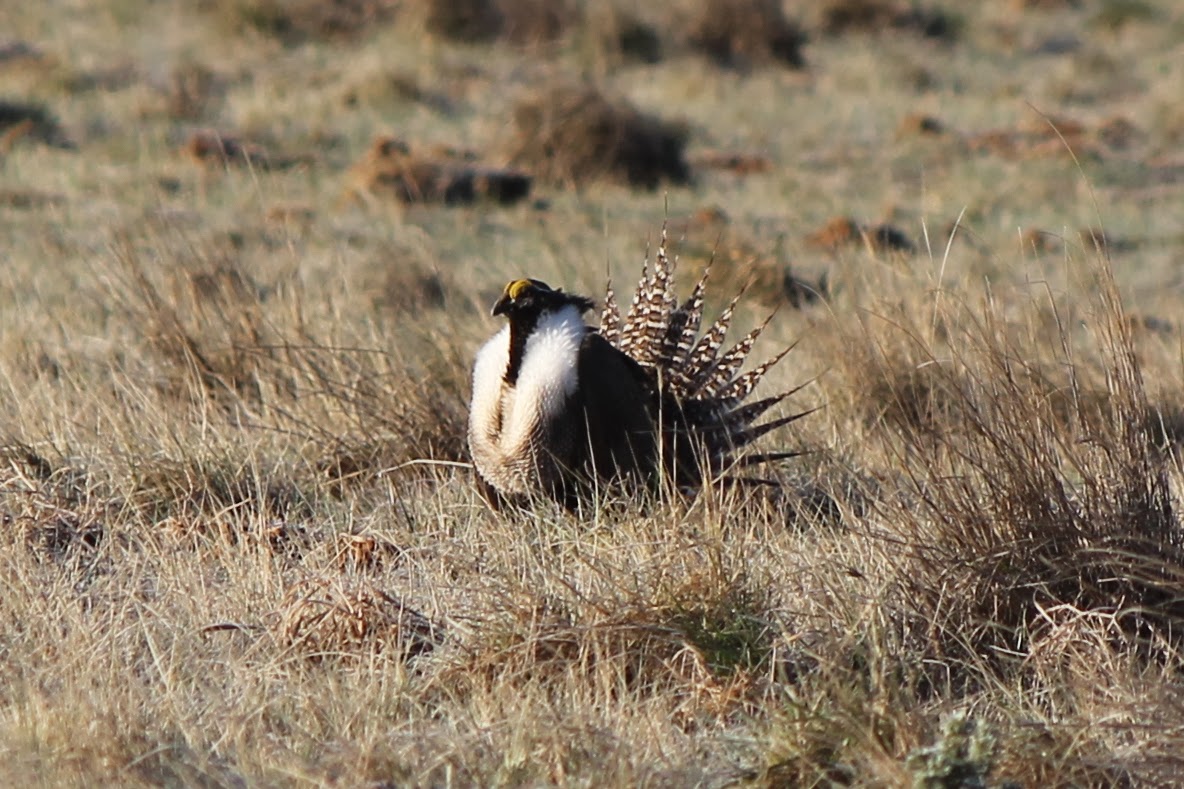











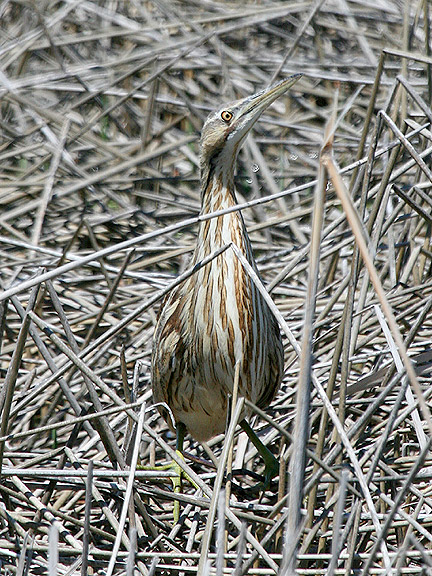
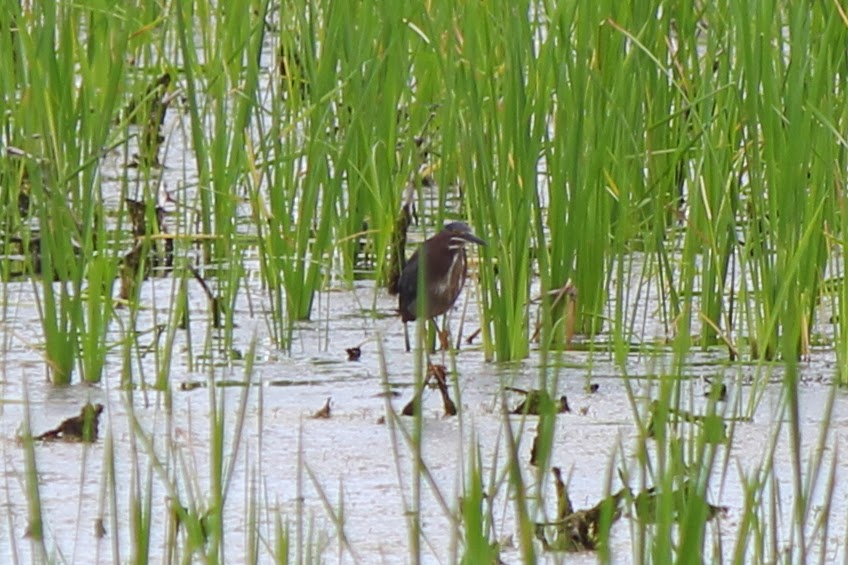

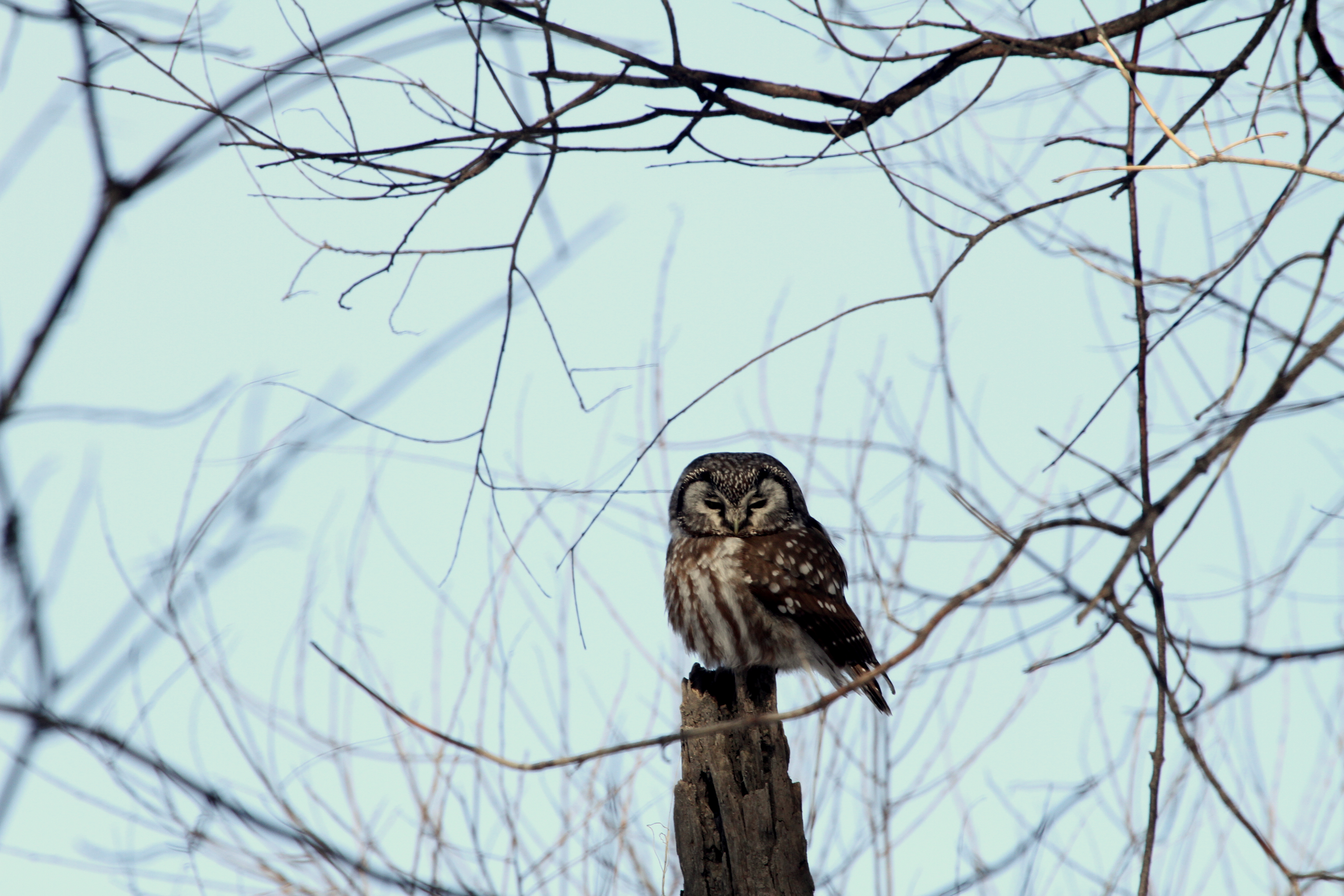
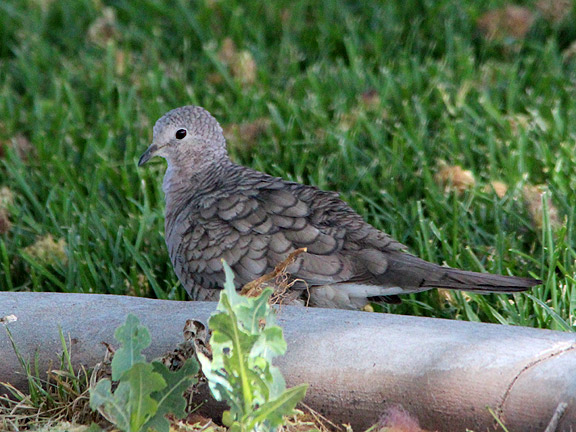

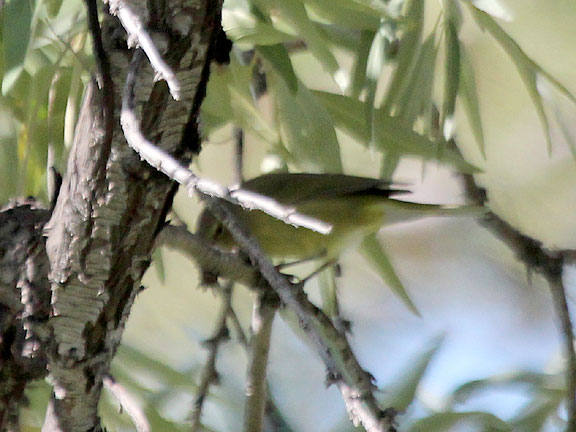

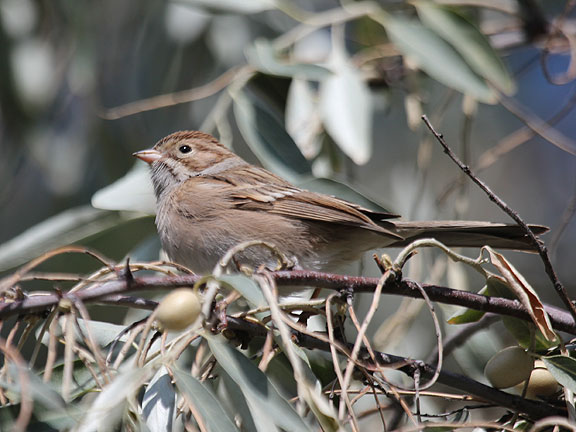

3 Comments:
That is quite an ambitious list! Good luck Kenny!
Nice job this last year!
If you ever have the chance to make it to Ouray NWR by Vernal in May/June you'll have a really high chance of seeing bitterns. There are a few spots where you can hear them calling in every direction at sunset.
Also, I can totally relate to getting lost on the way down from Bald Mountain B...I somehow managed to leave my headlamp in the truck back at the campground and had to feel my way back in the dark after loosing the trail after getting back into the trees... it was an adventure to say the least.
I think those trees are haunted since that is the part we got lost in too. It made no sense.
Post a Comment
Subscribe to Post Comments [Atom]
<< Back to Previous